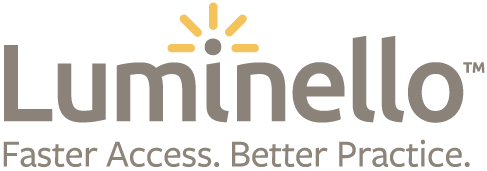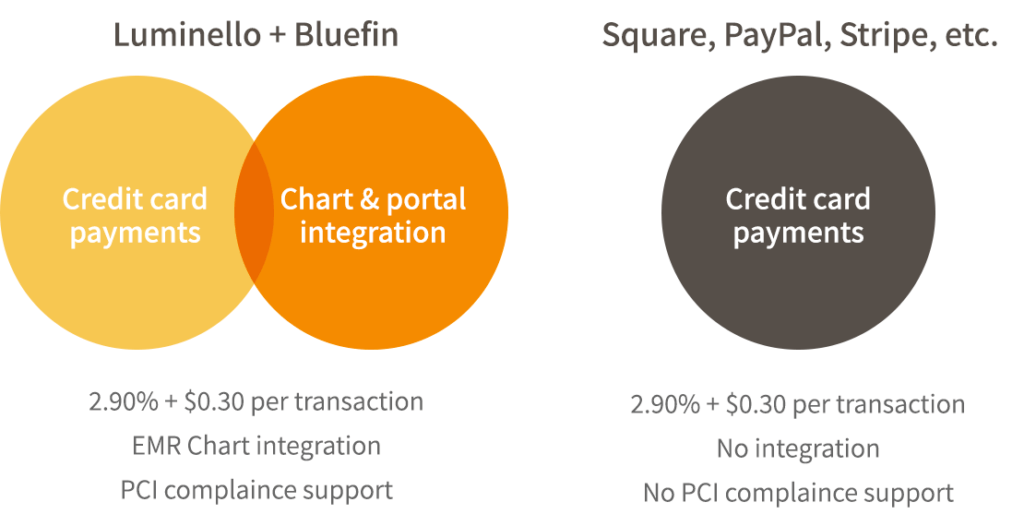Are you wondering which payers to accept into your practice? If you are like me, you are a clinical practitioner with no formal business training. In fact, many educational systems for mental health providers barely touch on the business aspect of providing care. This is unfortunate, as the necessity for being a sustainable business goes hand in hand with being able to provide this care. The good news is that there is no need to reinvent the wheel because there are resources available to assist you as you begin to form your business model.
A rather important business decision one must make when starting a practice is deciding which payers to accept. There are several factors to consider when deciding how you will be compensated for your work. Here is a brief overview of some of the options and their considerations.
Private Pay Practices
Private pay is a very straight forward payment process. The client is solely responsible for paying out of pocket for the services you provide. There are, of course, advantages and disadvantages to this approach. A significant advantage of private pay practice is the time saved not working with insurance on preauthorization, billing, and waiting for reimbursements. It also means that you need not go through the lengthy process of becoming paneled for any of the insurance boards. Additionally, private pay practices are often able to charge higher rates than if you are relying on insurance reimbursement.
Because of the time and energy saved, some small business owners choose to go this route. However, there are costs to existing as a private pay business only. The first cost that surfaces is that of referrals. Generally, a significant number of potential clients seeking psychiatric help would need to or greatly prefer to go through insurance, as a way to reduce out of pocket costs. Therefore, with private pay the “pool” of potential clients becomes limited to those in a socioeconomic class that can afford this (sometimes hefty) expense.
The bottom line in deciding private pay versus insurance reimbursement is often determined by the demographics of your potential clients. If you are working within an affluent area and your target population is of a higher economic status, private pay might make the most sense. As with most things in life there are some middle of the road options that could also suit your practice. The first is to be a private pay practice but offer a sliding scale fee arrangement. Creating a sliding scale fee arrangement may allow more clients to be able to afford your services.
Insurance Accepted Practices
As discussed, taking insurance can greatly widen the range of potential clients you are able to serve. If you have decided that it makes the most sense for your practice to accept insurance coverage, the next thing to look at is deciding which insurances you wish to take. Varying insurances have varying payout rates and ease of billing. The number of other practitioners in the area who also take a particular insurance is another consideration. These are all things to contemplate as you narrow down which insurance payer to accept.
Once you have chosen what insurance you want to accept, there is a process you will need to begin with the insurance company called paneling. Paneling with an insurance company can take anywhere from a couple weeks to a couple months to get approved. This process does involve a sizable amount of paperwork and back and forth communication with the paneling insurance board. This paneling process must be done for each of the insurances you wish to take, so if you get approved for Blue Cross Blue Shield but also want to take Aetna, that is yet another application process.
Although this process can be lengthy and complicated, some practitioners go through the process on their own, while others find agencies that specialize in paneling clinicians for a fee. It comes down to your individual tolerance for paperwork and bureaucracy.
The paperwork with insurance does not end at paneling, unfortunately. Once you start treating a client with this insurance, you will need to go through a billing process to get reimbursed. This is where having an electronic health records system that you trust is essential for keeping documentation and tracking reimbursement.
Fee Collection
Whether you go private pay, insurance, or a combination of both, you will need to find a way to collect your copays or full fees. Living in the age of technology, there have never been more options. Cash, checks, paypal, venmo, and credit cards are just a few of the frequently used methods of payment. A consideration to explore before deciding what form of payment you will accept is who your clientele will be. I primarily work with college age students who have much easier access to online forms of payment such as venmo or paypal. Therefore, it made sense for me to make sure these forms of payment were accessible to them. Understanding how your population generally pays for things can simplify how you decide to collect your fees.
Another important consideration is the fee associated with payment. For instance, many credit cards as well as paypal take a percentage of money paid as a fee associated with the transaction. That of course means less money gets to you. Weighing the pros and cons of fees versus the convenience of a payment method is up to each practitioner.
Final Thoughts
Let me be the first to say that figuring out how to be reimbursed for your services can feel overwhelming when you begin. Unless you have had previous training, this process is largely unknown to many of us until we go through it. This process is an important time to be patient with ourselves as we learn. It can also be a time where we reach out to colleagues, access blogs and other resources to gain support. You do not need to be alone in navigating through this process and making it work for you.


